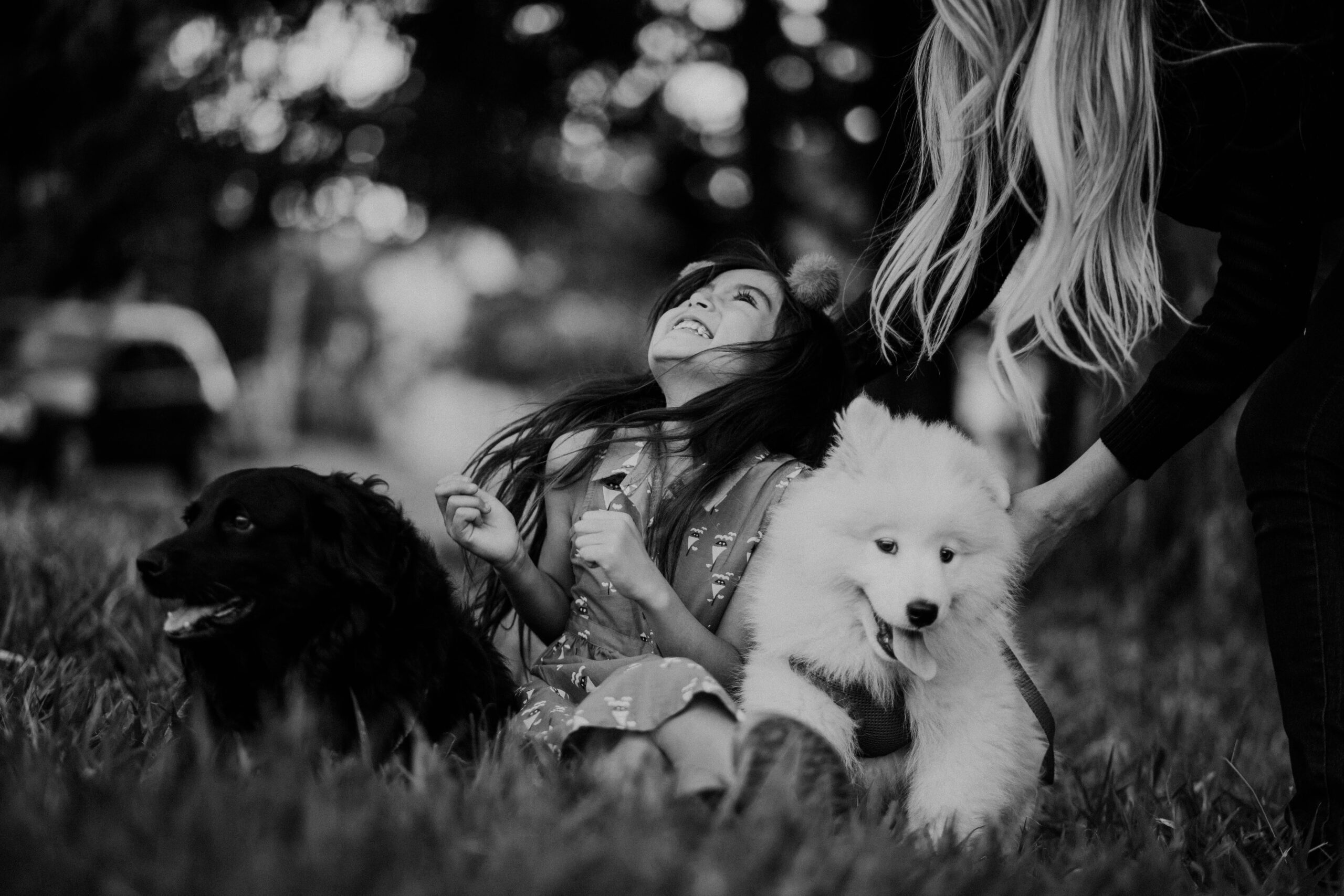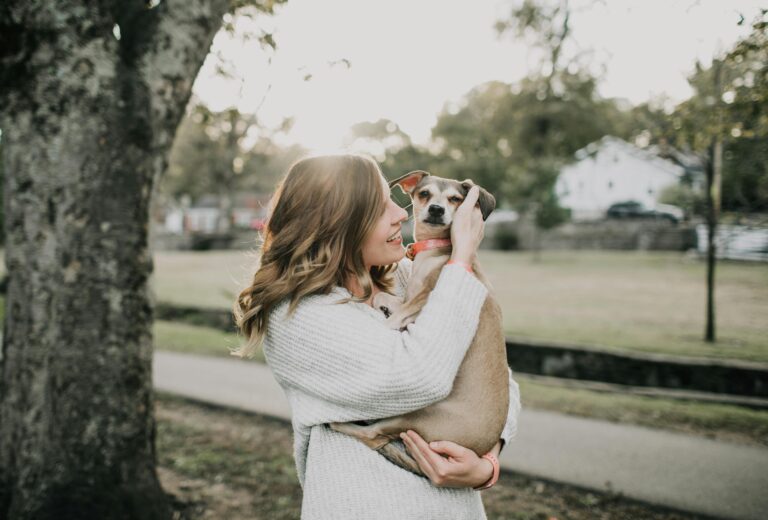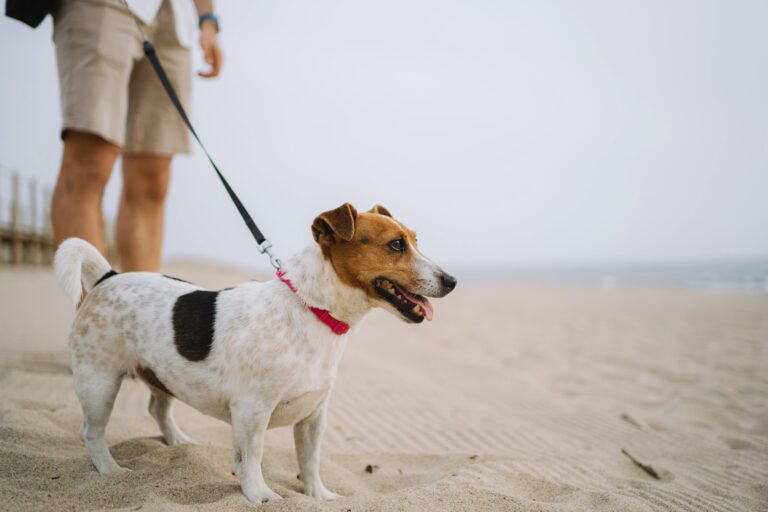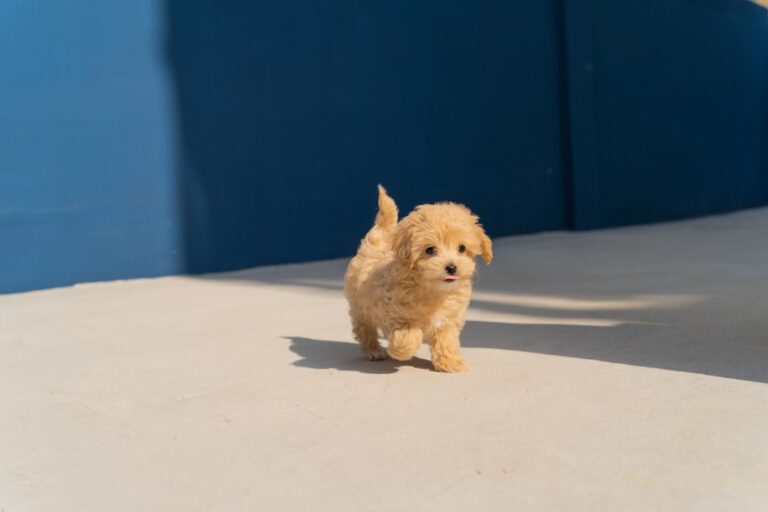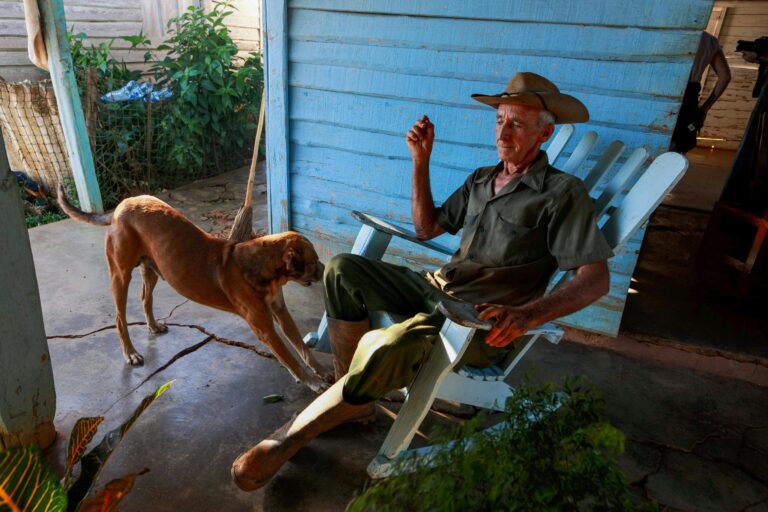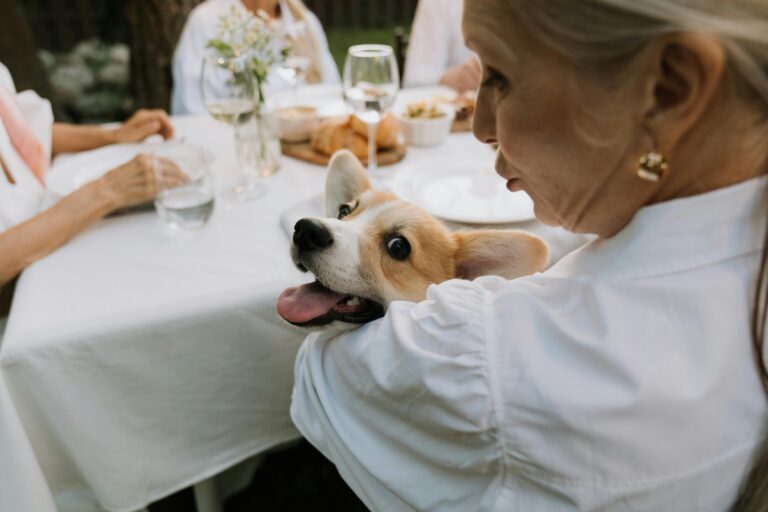Back-2-School: Smooth Transitions for a Happy, Confident Dog
As families gear up for back-to-school season, routines begin to shift dramatically. Mornings get busier, the house gets quieter during the day, and your dog may suddenly find themselves alone for hours after a summer full of attention and play.
While it might be an exciting time for kids, dogs can experience confusion, boredom, or even separation anxiety when the household rhythm changes. Fortunately, a few proactive training steps can ease the transition and help your dog adjust with confidence.

Understand How Routine Changes Affect Your Dog
Dogs are creatures of habit. They thrive on consistency in their walks, feeding, rest, and interaction time. When summer turns into school season, dogs often go from constant companionship to long stretches of solitude. This change can lead to:
- Increased barking or whining
- Destructive behavior like chewing or digging
- Housebreaking setbacks
- Signs of anxiety when family members leave
Even dogs that are typically well-behaved can show new problem behaviors during this adjustment phase. The key is to prepare in advance and help your dog adapt to the new normal gradually.
Start the Transition Before School Begins
Don’t wait until the first day of school to change your dog’s schedule. Start implementing your new routine at least 1–2 weeks in advance so your dog can adjust more gradually.
Try these transition tactics:
- Begin waking up and feeding your dog at the new morning schedule
- Introduce quiet time in a crate or designated “alone zone” during school hours
- Reduce midday playtime and walks so your dog learns to rest while others are away
- Practice departures and arrivals without fanfare to reduce anxiety
Use Obedience to Build Independence
One of the best tools for managing separation anxiety is strong obedience. When your dog knows how to stay in a “Place” or “Down” command for extended periods, they’re more likely to feel calm and in control, even when you’re not around.
Our Basic Obedience Training Program teaches foundational skills like Place, Recall, and Heel that empower dogs to remain calm in dynamic environments. These skills aren’t just useful in public, they can transform your dog’s ability to handle alone time at home.
If your dog struggles with crate time or pacing near the door when you leave, teaching duration-based commands can be a game changer. It gives them structure during transitions and offers a healthy mental outlet when routines shift.
Create a Safe, Stimulating Environment
Your dog will spend more time alone during the school year, so make sure their environment encourages calm behavior instead of anxiety.
Here’s what you can do:
- Set up a crate or quiet room with a cozy bed
- Use a white noise machine or calming music to block outside sounds
- Offer interactive toys like frozen Kongs or treat-dispensing puzzles
- Avoid leaving high-value items (like shoes or socks) within reach
Mental stimulation is just as important as physical exercise. For dogs that get bored quickly, our post on Master Guide to Dog Escape Rooms includes creative enrichment ideas that you can implement indoors while the family is away.
Teach Kids How to Say Goodbye Properly
Children often want to smother their pup with love before they leave, which can unintentionally make separation harder. Instead, teach your kids a calmer, more consistent farewell ritual.
- No high-pitched goodbyes or baby talk
- No last-minute treats or toys before walking out the door
- Encourage a quiet “See you later” and simple exit
This helps your dog understand that departures are routine, not a cause for concern or excitement. And when the kids return home, avoid over-excited greetings to reinforce a balanced emotional state.
Monitor for Signs of Stress
Not all dogs express anxiety the same way. Some are vocal, while others may become withdrawn. Watch for signs like:
- Panting or pacing when left alone
- Excessive licking or chewing
- Accidents in the house despite being potty trained
- Sudden clinginess or following behavior
If you notice these signs persist despite training, your dog may need more support. We recommend starting with our Basic & Advanced Obedience Program to solidify boundaries, self-control, and calm confidence in your dog.
Gradually Reinforce Alone Time
The goal is not to eliminate separation, but to make it normal and non-threatening. A few strategies that help include:
- Practicing short departures throughout the day
- Offering a special toy or treat only during solo time
- Using training exercises to create structured calm before leaving
By helping your dog associate alone time with something positive, you’ll reduce the likelihood of destructive or anxious behavior.
Build a Routine That Works for Everyone
Structure and routine help the entire household thrive, including your dog. Here’s a sample school-day schedule for reference:
Morning:
- 6:30–7:00: Walk or play session
- 7:00–7:30: Breakfast and calm training exercises
- 7:30–8:00: Quiet time in crate or dog bed while kids get ready
Midday (if possible):
- Midday potty break from a dog walker or family member
Afternoon/Evening:
- 3:00–4:00: Light play when kids return
- 5:00–6:00: Training session and/or structured walk
- 7:00–9:00: Settle time with the family
This routine balances stimulation and calmness, giving your dog a predictable rhythm that aligns with the school schedule.
Prepare Now, Prevent Problems Later
Dogs don’t understand the school calendar, but they are sensitive to emotional shifts, physical absence, and changes in attention. A proactive training approach will prevent issues before they start.
Explore our Basic & Advanced Obedience Program to ensure your dog enters this next season with the skills they need to succeed, even when you’re not home.
For even more guidance, the American Kennel Club offers separation anxiety tips that align with what we teach in our programs.
Don’t wait for bad habits to show up. Let us help you make back-to-school season smooth and stress-free for both your dog and your family. Reach out through our contact page to get started with a custom training plan.

